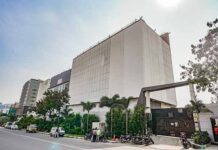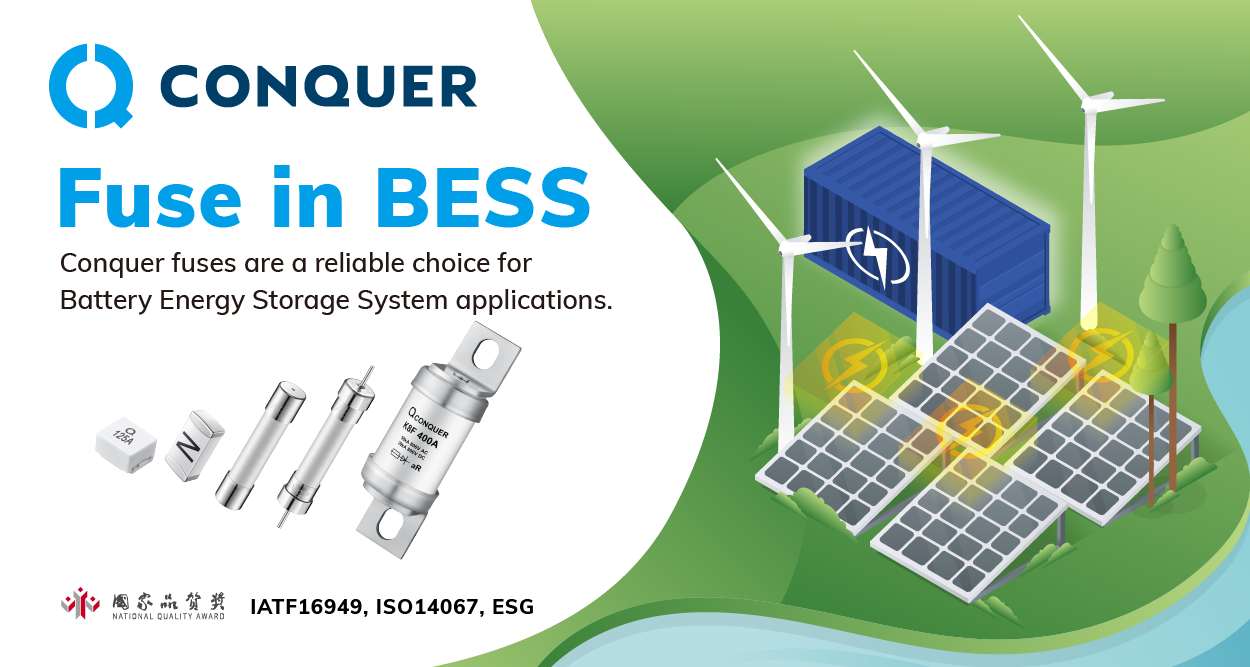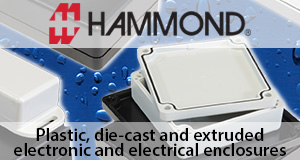- Barco has developed the innovative and transparent ecoscoring, a comprehensive way to measure the environmental impact of products, for a sustainable ecosystem. The comprehensive scoring scale covers different types of products- from medium-sized projectors to large LED walls, servers and medical displays and prioritizes environmental sustainability and a healthy ecosystem for technology solutions.
Barco values transparency and as we know that in today’s time, there is no all-round scoring scale available that could cover different products lines- from medium-sized projectors to large LED walls, servers and medical displays. This is why the company has come up with an objective tool which can grade the products line of Barco according to their ecodesign performance which will give the overview on environmental performance and encourages developers in Barco to make sustainable choices.
According to Rajiv Bhalla, Managing Director, Barco India, “At Barco, sustainability is an integral part of our business strategy aimed at ‘enabling bright outcomes’. We focus on helping our people and communities, along with safeguarding the planet. Barco ecoscoring is an innovative method to provide transparent information to our consumers. It also enables our developers to mitigate the environmental impact at every stage of the design process. By 2023, we aim to ensure that 70% of our hardware revenues come from products with the Barco ECO label, and 75% of the products we launch feature this label.”
The ‘Barco ECO label’ mark is offered to the products that are at the top of the ranking and it allows evaluating the ecological footprint of its products in a quantifiable manner to be excelling as per the industry benchmark and must be energy efficient. Barco has already shipped the first products with this label, including the 6MP diagnostic display, some ClickShare solutions and the Series 4 Projectors.
The all new Eco Labelled products encourages developers to make sustainable choices. The framework enables customers to validate a product’s ecoscoring, which is externally validated against the ISO 14021 standard.
Barco’s ecoscoring system is fully integrated into the product design process, with sustainable choices aimed at attaining a high ecoscore being incorporated at the beginning of the design phase. Throughout the development process, the R&D segment incorporates ecodesign in its decision-making process and continuously improves the sustainability ratio of Barco products.
The ecoscoring tool focuses on 4 domains that have the highest impact on the product environmental footprints.
Energy: It increases the efficiency and transforms electrical energy into the product’s intended functions like standby, normal mode, and off mode.
Materials: It reduces the use of (potentially) hazardous substances that are currently restricted or may be restricted in the future, promoting the use of materials that are more environmentally friendly.
Packaging & Logistics: The method optimizes packaging design to reduce logistic footprint and the amount of material used, improving the potential to use and recycle the packaging material afterwards.
End-of-life: The process improves material efficiency, ensuring that the product does not become early waste, and reduces the impact at end of life. It further reduces the amount of non-recyclable materials.
For each domain, a score is calculated assessing the product on several relevant topics including regulatory evolutions, industry and peer benchmarks, customer demands and voluntary ecolabels. To match the industrial benchmark, ‘Barco ECO label’ is reserved for products that excel in at least two of the domains, keeping performance as the prime priority to reach the industry standards.
Products which are assigned with the Barco ECO label offer tremendous value to customers. These products typically have a lower TCO (Total cost of ownership) when it comes to energy efficiency and longevity. Furthermore, they are designed to ensure modularity, upgradability and connectivity, and re-use and recyclability.















